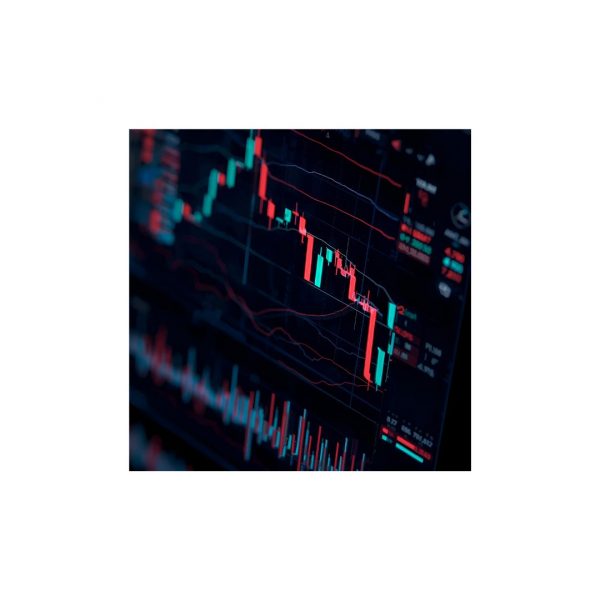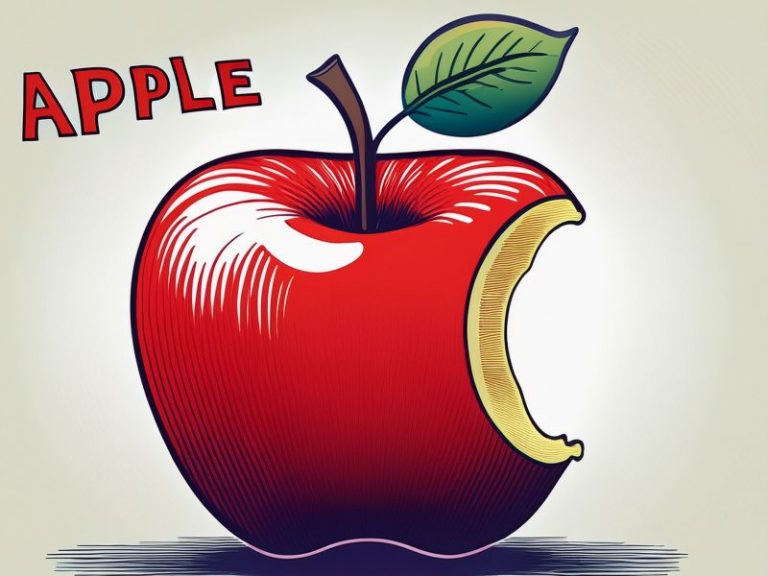What Are Mutual Funds And ETFs
Welcome back to Il Chiaro Finanziario! If along our path we’ve learned why and how to invest in stocks and bonds, perhaps you’re asking yourself: “Do I necessarily have to choose every single company or every single ‘loan’ myself? Isn’t there a simpler way to put my money in many different places all at once?”. And the answer is yes! There are tools that help us do just that, making investing simpler even if we don’t have the time or skills to choose on our own. We’re talking about Mutual Funds and ETFs.
What Are Mutual Funds?
Let’s start with Mutual Funds. Imagine many people putting their money together in a kind of common “safe” or “basket”. All this collected money is then put into the hands of a group of professional experts. They are the ones who decide where to invest this money to try and make it grow, buying many different stocks, bonds, or other things. By putting your money into the Fund, you become the owner of a small part (a “share” or “unit”) of that large investment basket.
What do the experts put in this big basket? It depends! There can be many stocks from different companies, or many bonds (meaning loans made to governments or companies). There can also be real estate or a mix of all these things. Based on what they decide to put in the basket, Mutual Funds have different names, like “Equity Fund”, “Bond Fund”, “Real Estate Fund”, or “Balanced Fund” (if it’s a mix).
How to Buy Mutual Fund Shares
Okay, but how do I, a normal investor, put my money into one of these Mutual Funds in practice? Simple: you don’t buy the individual stocks or bonds that are in the basket yourself. The manager does that. You buy “shares” (think of them as “pieces”) of the Fund itself. It’s like buying a slice of that large cake made of many different investments. You can buy these shares by going to banks, financial advisors, or by using authorized online platforms that sell Fund shares. The value of each share changes every day based on how much the investments inside the basket are worth.
What Are ETFs (Exchange Traded Funds)?
Now, let’s talk about ETFs. The acronym stands for “Exchange Traded Fund”, which in simple terms means “Fund Traded on the Stock Exchange”. In a way, ETFs are close cousins of Mutual Funds. Here too, money from many investors is pooled together into a single “basket” to invest in many different things (stocks, bonds, etc.).
What is an example of an ETF?
A common example of an ETF is one that tracks a major stock market index, like the S&P 500. For instance, the SPDR S&P 500 ETF (with ticker symbol SPY) is a very popular ETF that aims to mirror the performance of the S&P 500 index.”
But there’s a fundamental difference that distinguishes them from “traditional” Mutual Funds: ETFs are bought and sold on the stock exchange, exactly like shares! This means their price can change continuously throughout the entire trading day, and you buy or sell them at the price you find at that moment. Remember how for Mutual Funds the share value is usually calculated once a day? Well, for ETFs it’s different, they are traded continuously while the stock exchange is open.
Active Management vs. Passive Management (and Why It Matters for Costs!
We said that in Mutual Funds) there are experts who manage the money in the basket, while ETFs often track an index. This brings us to talk about Active Management and Passive Management.
Active Management:
Think of a Formula 1 driver who tries in every way to overtake others and finish first. A manager using “active management” does just that: they study the markets, analyze companies, try to figure out which investments will perform best and which worst, and buy and sell frequently with the goal of earning more than the market or a specific benchmark. This research and trading work requires a lot of effort and highly paid staff.
Passive Management:
Now think of a driver who just has to follow the Safety Car and stay with the main group, without trying to overtake anyone, just holding their position. A manager using “passive management” doesn’t try to beat the market. They simply ensure that the investment basket of the Fund or ETF copies the performance of a specific index (like the index of the 500 largest US companies, or the index of bonds of a certain type). They buy the same securities that are in the index, in the same proportions. This requires fewer active decisions and less buying/selling.
And why is this difference in management important to us? Mainly for two reasons: costs and performance.
Costs:
Since passive management requires less “work” (just copying an index, no need to deeply study every single company or bond and do a lot of buying and selling), Passive Funds or ETFs generally have lower costs for the investor compared to those with active management. It’s a bit like paying less for a driver who follows a set route compared to one who has to constantly find the best path through traffic.
Performance:
The active manager tries to be better than the market and “beat it” to make you earn more. The idea is great, but the reality is that it’s not easy at all! Many studies and statistics show that, especially over the long term and after deducting higher costs, most actively managed Funds fail to actually outperform the simple benchmark index that Passive Funds or ETFs merely copy. In fact, sometimes they even perform worse.
That’s why often (though not always!) “traditional” Mutual Funds are actively managed (with higher costs and the goal of beating the market), while ETFs are almost always passively managed (with lower costs and the goal of copying the market).
Why Consider Mutual Funds and ETFs: Diversification (and more!)
Why should a beginner consider Mutual Funds or ETFs? There are several reasons, but one of the most important is Diversification. By investing in a Fund or an ETF, you are not putting all your money into a single stock or bond. You are buying a small part of a large “basket” that contains many different investments!
Imagine buying a fruit basket instead of just one fruit. If that one fruit spoils, you’ve lost everything. But if you have a basket with apples, pears, bananas, etc., even if one apple goes bad, you still have many other good fruits. Investing in an investment basket works similarly: you spread the risk across many different things instead of concentrating it on one or a few. If one company performs poorly, the impact on your total investment (which is spread across hundreds or thousands of companies/bonds) is much smaller.
Diversification is a fundamental concept in the world of investments and deserves a lot of attention. For this reason, we will explore it in much more detail in a future dedicated article!
Other advantages include accessibility to markets or instruments that are difficult to reach individually and simplicity compared to selecting individual securities.
How to Start Investing in Mutual Funds and ETFs (First Steps)
Okay, I understand what Mutual Funds and ETFs are and why they might be useful to me. But how do I actually put my money into one of these instruments?
The first step is similar to what you would do to buy individual stocks or bonds: you need to open a securities account or an investment account with a financial intermediary. This can be your bank or one of the many specialized online platforms (often called “brokers”).
Once you have this account, you will be able to access a list of available Funds and ETFs, and after informing yourself well about what you are buying, you can proceed with the purchase (or sale) through your intermediary’s platform.
It is very important to choose a reliable intermediary and fully understand the characteristics of the Fund or ETF you choose before investing. Never invest in something you don’t understand! Inform yourself, read the Fund’s/ETF’s “prospectus” (prospetto informativo), and if you have doubts, seek advice from an independent and qualified financial professional.
Remember: this is general information to understand how to access these instruments; it is not specific financial advice on where or how to invest your money. Everyone has different goals and situations.
Conclusion
In summary, Mutual Funds and ETFs are instruments that allow you to invest in a diversified “basket” of investments by pooling money with other investors. Mutual Funds are often actively managed by experts, while ETFs usually passively track an index, which generally makes them cheaper.
Their big advantage, especially for beginners, is that they offer immediate diversification (although, as we mentioned, we will deepen this concept in a dedicated post!) and simplify the selection process compared to buying individual securities.
Always remember: personal finance doesn’t have to be complicated. The important thing is to take one step at a time, understand where you are putting your money, and invest consciously. Mutual Funds and ETFs can be a great starting point for many.
Keep following “Il Chiaro Finanziario” to make finance clearer and clearer!






